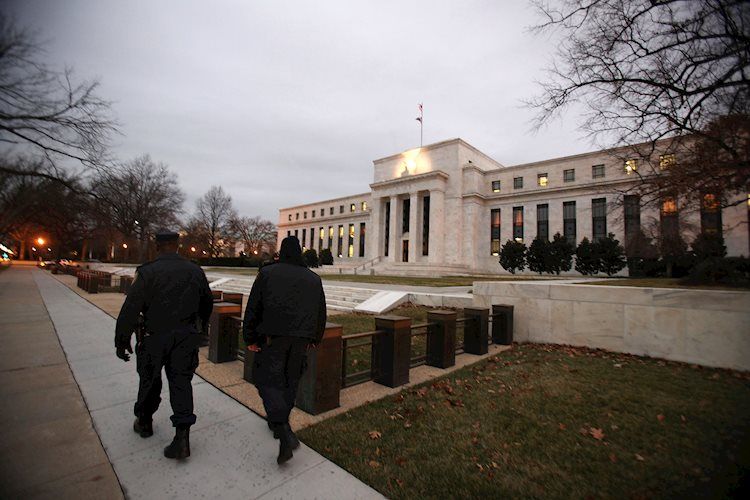Atlanta Federal Reserve President Raphael Bostic recently commented on the state of the labor market and potential changes in monetary policy. He emphasized the need for a calm and orderly return to normalcy and expressed readiness to potentially cut rates. Bostic noted that their current policy has had its desired effect and they are now prepared to adjust back to a more normal policy position. He also emphasized the importance of not waiting for inflation to return to 2% before making changes to the policy rate.
Bostic highlighted that the labor market is a key indicator of the economy’s progression towards a more normalized state. He mentioned that recent inflation numbers have increased his confidence in the economy’s ability to reach the 2% target. However, he also acknowledged that there is still progress to be made in terms of inflation and that they cannot assume that the job is done. Bostic emphasized the importance of data in decision-making and stated that the recent data is leading them closer to making a move.
Despite Bostic’s remarks, the US Dollar Index did not show any significant reaction and was trading slightly lower on the day. This lack of market reaction suggests that investors may already be factoring in these potential changes in monetary policy. While Bostic’s comments may have implications for the future direction of interest rates and the economy, the market response indicates a muted reaction to his statements.
Overall, Bostic’s comments reflect a cautious yet optimistic view of the economy and the potential need for adjustments in monetary policy. The focus on the labor market and inflation as key indicators of economic health demonstrates the Federal Reserve’s commitment to data-driven decision-making. As the economy continues to recover from the impact of the pandemic, policymakers like Bostic will play a crucial role in guiding the country towards a path of sustainable growth and stability.
In conclusion, Bostic’s remarks highlight the Federal Reserve’s ongoing assessment of economic conditions and the potential need for policy adjustments. The focus on the labor market, inflation, and data-driven decision-making underscores the Federal Reserve’s commitment to promoting a strong and stable economy. While the market reaction to Bostic’s comments may have been minimal, they provide valuable insights into the central bank’s thinking and potential future actions. As the economy continues to evolve, policymakers like Bostic will continue to play a pivotal role in shaping the country’s economic trajectory.











